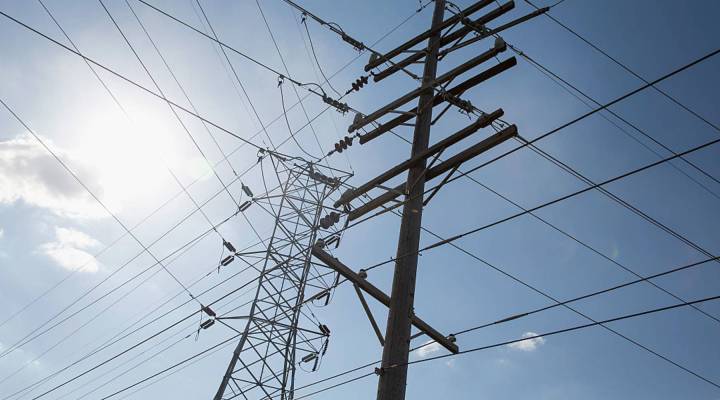
Utility companies to stockpile $8 million spare parts in case of disaster
Utility companies to stockpile $8 million spare parts in case of disaster

In the case of a mass terrorist or cyber-attack on the power grid, it could take 18 months to replace critical pieces of the infrastructure, according to a national research study. So eight of the nation’s largest utility companies plan to launch a new company this month to stockpile the most important components of the electricity system.
The company, Grid Assurance, plans to start up with initial funds from big utilities, including Duke, Southern, Exelon, Berkshire Hathaway Energy and American Electric Power.
These firms already maintain some spare transformers and other critical parts for, say, lightning strikes. But it may not be enough for the biggest threats: terror, cyber, mega-storms, or AK-47 shootings.
“Under a terrorist attack where they come and wipe out the whole substation, then you lose your sparing capability,” said Scott Moore, vice president of American Electric Power. “And that’s what Grid Assurance is trying to basically insure against.”
It is basically group insurance against a rare black swan event. So the idea is to pool money and risk.
“It would make no economic sense for every utility to stockpile these very, very expensive transformers and other switch gear,” said Peter Fox-Penner, professor at Boston University’s Questrom School of Business and director of its Institute for Sustainable Energy. “But it also makes no sense to have no stockpile whatsoever. So the idea of pooling resources to do this makes all the sense in the world. It’s the same idea as insurance, which is centuries old. But it’s a physical form of insurance.”
Utilities would subscribe to the service and the money would buy critical pieces. One high-voltage transformer, for example, costs up to $8 million and requires at least a year to order, manufacture and deliver.
But spare parts aren’t enough. A safe grid requires timely intelligence and good decision making, upgraded digital equipment that communicates across the network, and it has to be paid for.
“H.L. Mencken, the oracle of Baltimore, said for every complex problem there is a single solution that’s simple, neat and wrong,” said Massoud Amin, professor of electrical and computer engineering at the University of Minnesota. “So here it’s a complex problem. But we need to see the whole system.”
Massoud said this grid-security project is long overdue, and that recent attacks – 9/11, a cyberattack on Ukraine’s grid and a machine-gun attack on a transformer in northern California — have finally scared people into action.
There’s a lot happening in the world. Through it all, Marketplace is here for you.
You rely on Marketplace to break down the world’s events and tell you how it affects you in a fact-based, approachable way. We rely on your financial support to keep making that possible.
Your donation today powers the independent journalism that you rely on. For just $5/month, you can help sustain Marketplace so we can keep reporting on the things that matter to you.


















